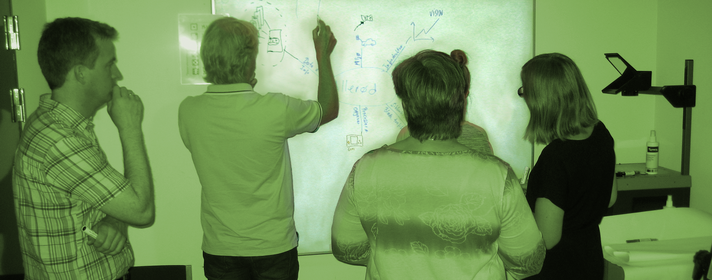Working on Projects
Find a video describing how we work here:
If you wonder whether your traffic data may turn out to be more valuable than you initially thought you are welcome to contact Hermes Traffic Intelligence for a brief overlook at the possibilities.
With technologies as ANPR, Bluetooth/WiFi, loop detection, and others, road administrators have the possibility to measure almost anything happening on their roads. But if data obtained by these measurements are not handled properly, they may prove to have very little value.
At Hermes Traffic Intelligence we help road administrators, whether national, regional or local, to give their traffic data value. Traffic data will have a value when they are used for making decisions. We have a large algorithmic toolbox to help decision makers, and if the proper tool is not available to us, which is often the case, we will develop it in collaboration with the customer. To us it is import to use the proper tool for a task, so we are not limited by previous choices of data formats, database standards, programming languages, operating systems, or even spoken languages.
Work on a customer project is usually divided into three phases:
- Project definition. In this phase we will establish the exact task to work on. While the customer may have a clear definition before approaching us, it is not unusual that the task agreed upon will not match the initial task exactly. Often it is possible to have more value from the data available at no or only a little extra cost. It is also within this phase that an estimate of the time used will be given, and a fixed price will be given if the customer wishes so.
- Development. If we have a tool that will fit the task already developed we wil of course use it. Most often we will have to make changes to existing tools or develop new ones to fulfil the task. Part of the development will be to ensure that the results generated are correct. This is done by implementing a number of tests in the tools developed. During the development phase we may need to ask the customer clarifying questions, but the interaction between us and the customer is usually at a minimum in this phase.
- Results delivery. In a perfect world we would deliver data once as soon as the development phase is over. More often this turns out to be an iterational phase where we delivere results, the customer verifies them, and we get asked to change things in one way or another. Depending on the size of the task, how well it has been defined, and how many changes the customer finds we estimate this phase to take between one and three weeks.

